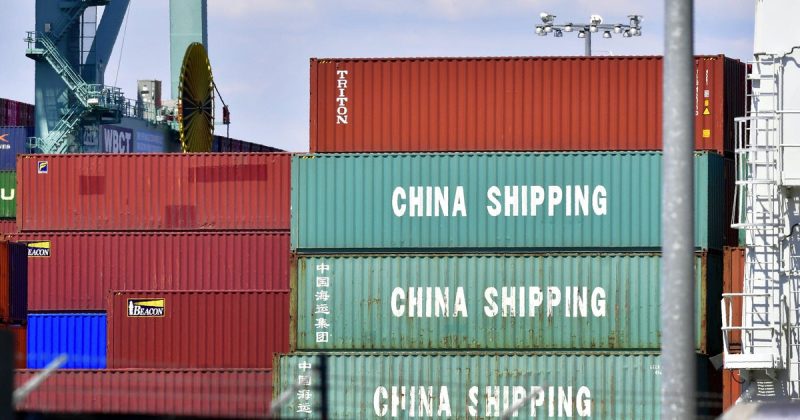
The Trump administration’s economic policies, particularly its use of tariffs, sparked considerable debate and confusion. Many questioned the rationale behind the frequent imposition and subsequent pauses on tariffs, leading to widespread uncertainty among businesses and consumers alike. This blog post aims to shed light on some of the key questions surrounding these controversial trade measures.
One of the most prominent actions was the series of tariffs, often referred to as “Liberation Day” tariffs, imposed on various goods from numerous countries. The stated goal was to protect American industries and jobs from unfair foreign competition. However, the impact was far-reaching, affecting supply chains, consumer prices, and international trade relations. The administration’s justification often centered on the concept of reciprocal trade – arguing that tariffs were necessary to force other nations to negotiate fairer trade deals with the United States.
However, the implementation was not always straightforward. The administration frequently paused or modified tariffs, leading to speculation about the underlying strategy and its effectiveness. Some analysts pointed to the significant economic and political pressures that likely influenced these shifts. The fluctuating nature of these policies created uncertainty for businesses, making long-term planning and investment decisions challenging.
The long-term consequences of these tariff policies remain a subject of ongoing debate. While some argue that they successfully protected certain domestic industries, others contend that they harmed consumers through higher prices and disrupted global trade. The full economic impact is complex and multifaceted, and the effects may continue to unfold for years to come. Further research and analysis are needed to fully understand the lasting implications of these trade decisions.
Ultimately, the Trump administration’s tariff policies serve as a complex case study in international trade. They highlight the intricate relationship between protectionist measures, global economics, and domestic political considerations. Understanding these policies requires considering not only their stated goals but also the broader context of international relations and economic pressures.










